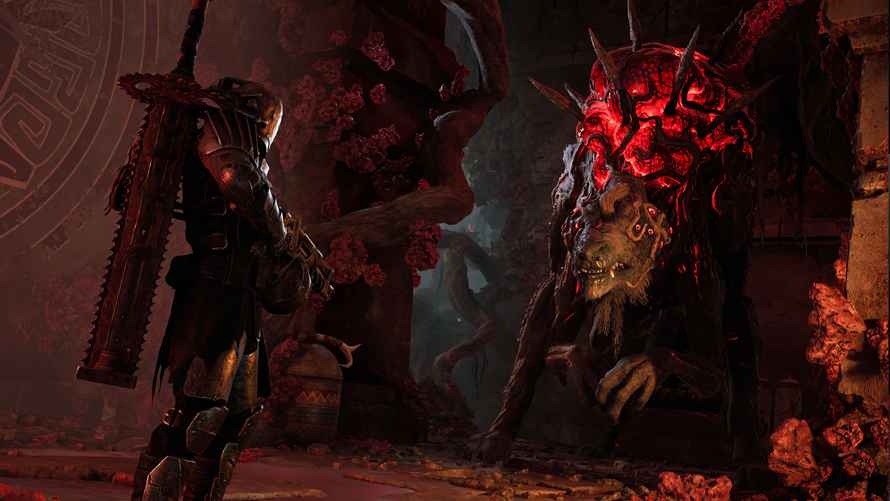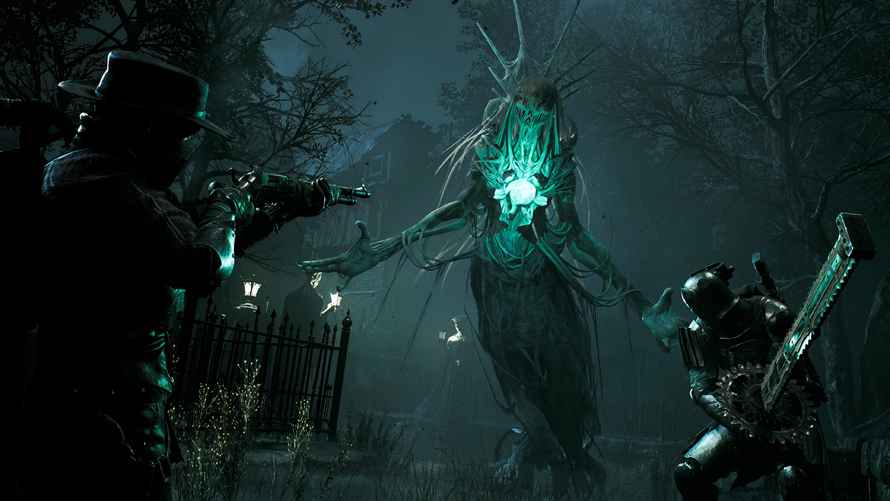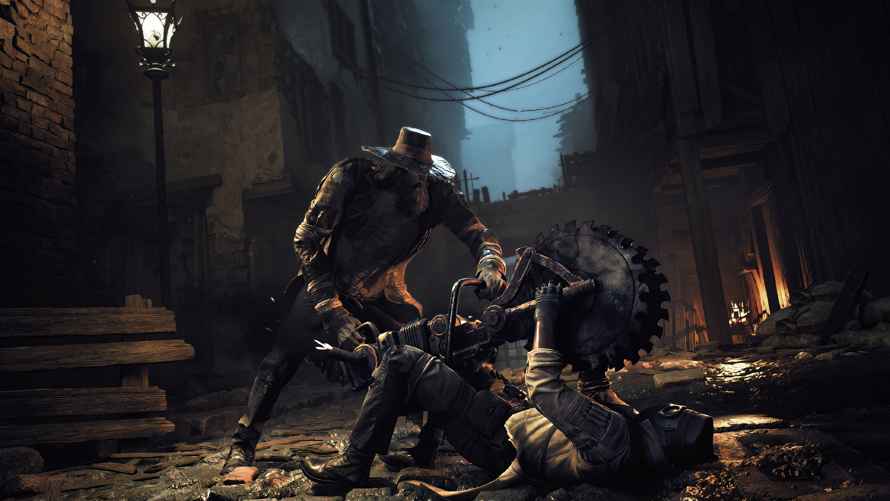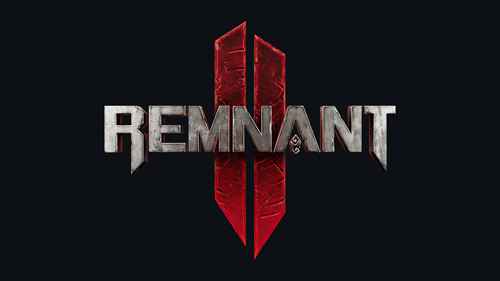Remnant 2 Review
Far from being just another Dark Souls clone, 2019s Remnant: From the Ashes was one of my favorite inspired-by-FromSoftware games. Dismissed by some as “Dark Souls with guns,” Remnant used the Soulslike genre as a platform for innovation and originality. Remnant 2 builds on that foundation and improves on it in almost every way. From the Ashes was a very good, but very difficult game. Remnant 2 is a great one, and slightly more approachable by mere mortals.
Patchwork Plot
Remnant 2 is an action RPG set in a monsters-and-magic-infused post-apocalyptic world. It’s a sequel but plays just fine as a stand-alone game. It’s also something of a remake, revisiting characters and locations from the first game, but with much more graphical polish and mechanical finesse.
There’s quite a bit of story and lore to dive into, but like many games in the genre, how deeply you engage with it is a matter of choice. He’s the capsule summary: you play as a survivor of a recognizable world corrupted and nearly destroyed by an alien or interdimensional evil known as the Root. The Root has unleashed countless monsters not just in our world, but in other worlds as well. You follow the trail of the Root, hopefully applying a hefty dose of bullet-based Round Up to the ultimate source.

It’s a bit difficult to explain Remnant 2s narrative arc, in part because while there are story beats common to every playthrough, the order in which those beats are presented is randomized. It’s a little like the play Sleep No More, in which theatregoers experience the scenes of a play in whichever sequence they choose, and piece together their own version of the story. I started several games with different Archetypes — Remnant’s version of classes — and my initial starting mission was different each time. It’s one of many ways that Remnant invites multiple playthroughs.
Random not Random
Remnant: From the Ashes had some procedurally generated elements. The layouts of dungeons and the placement of enemies were different for each playthrough. This wasn’t always entirely successful. A somewhat limited number of scenic tiles resulted in a bit of visual repetition and it was easy to miss the logic and pacing of a well-crafted level.
Remnant 2 significantly increases the scope of procedural generation. In addition to maps and enemy placement, bosses, NPCs, and missions are different for each playthrough. The developer claims that no two players will have the same exact experience. I believe it. Some Soulslikes — like the original Dark Souls — allow the player to wander anywhere, whether or not they are at the appropriate level. Remnant 2 is not an open-world game. Each of the large worlds can be explored freely, however. Enemies and bosses scale to the player, or number of players.

This time around, the seams are extremely well hidden. Aside from some dead ends, empty areas, and a few overly-convoluted paths, I rarely felt like the layout was random. The blend of scenic elements was near perfect. The excellent 3D map — a little like Returnal’s — made levels pretty easy to navigate.
Class Warfare
Aside from procedural generation, Remnant 2 diverges from the Soulslike template in a few other areas, including character classes, called Archetypes. There are four Archetypes to choose from. The Gunslinger is a fast-shooting DPS class. The Medic is a healer with some combat abilities. The Challenger is a heavy weapons and armor tank and the Handler is a long-range weapon specialist with a canine ally. Later in the game, players can “dual class,” but this really means pulling some secondary abilities into the main Archetype. Still, there’s a lot of flexibility built in and players can craft some pretty unique classes.
In large part, this is because the basic Archetype can be kitted out with a dizzying array of upgradable weapons with special abilities, player perks and skills, and of course, lots of armor variety. In this regard, Remnant 2 sticks pretty close to not just Soulslikes but action RPGs in general. This also applies to the cooperative, multiplayer focus of the game. A party of all four Archetypes is probably the well-balanced ideal.
However, while Remnant: From the Ashes was ruthless and sometimes nearly impossible to play solo, Remnant 2 makes solo play much more practical. In large part, this is due to the Handler Archetype, which adds a canine companion that can fight, defend and heal your character. While bosses are still enormously challenging even with a faithful doggo at your side, exploring the world and fighting solo is both practical and fun (depending on your tolerance for repeated attempts). You can also mitigate frustration a bit through the game’s four difficulty settings.
Drop In and Kick Ass
Like the first Remnant, multiplayer mechanics are handled a bit differently than most Soulslikes. You can’t call for help, but if you adjust settings to allow it, up to three random players or friends can join your game. The game adjusts difficulty accordingly. There is no PvP mode in Remnant 2. The downside is that waiting for help on a boss is subject to how many players are online and willing to co-op.
Remnant: From the Ashes looked pretty good, but Remnant 2 looks fantastic, with colorful, detailed, distinct environments and a great deal of variety across all its worlds. In large part, this is due to its excellent lighting engine. Remnant 2 has a much wider selection of enemy designs, mostly organic plant-like monsters, humanoid figures, magic casters, and more. Their spell effects and attacks are fluidly animated.

Character models and NPCs have improved, too, and while not all the dialogue rises above the expository, it’s well-voiced by an impressively large cast. Even better is the overall audio design and effects out in the world. The game is supported by Rob Westwood’s outstanding score.
Nothing’s perfect, though. There were some crash-to-desktop bugs. With an admittedly last-gen Nvidia RTX 2080 I was able to squeeze out a consistent 60 fps at 1920×1080 with everything cranked to Ultra. At 3840 x 2160, the framerate dropped by half. Still playable, but maybe not fluid enough for boss battles, generous I-frames or not.
Remnant Steps It Up
Gunfire Games’ Remnant 2 is one of those rare sequels that takes a collection of good ideas and makes them even better. Everything about Remnant 2 is an improvement or elaboration from the first game. It looks great and the action is challenging without being overly punishing. Best of all, Remnant 2 makes creative and meaningful changes to the Soulslike formula, helping it to stand out from a deluge of copycat action RPGs. I can’t imagine any fan of Remnant: From the Ashes being anything but thrilled by Remnant 2.
***PC code provided by the publisher for review***
The Good
- Excellent action and combat
- Detailed levels and environments
- Fun bosses
- Lots of replayability
- Improves on the original game
The Bad
- Can still be very difficult solo
- Some crash bugs
- Some mechanics are opaque

